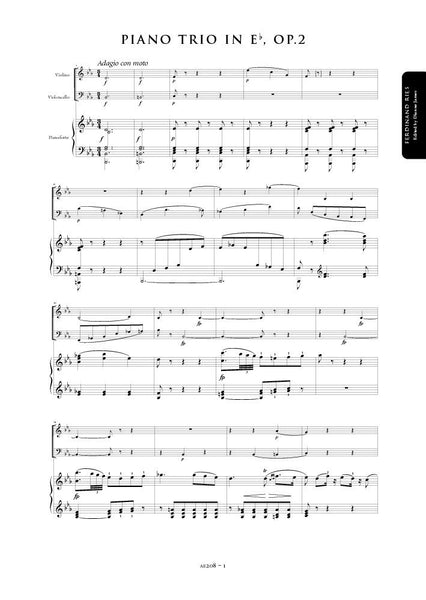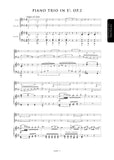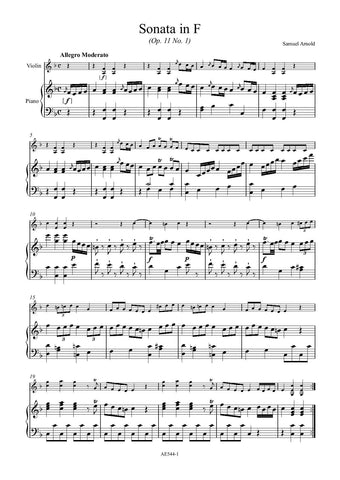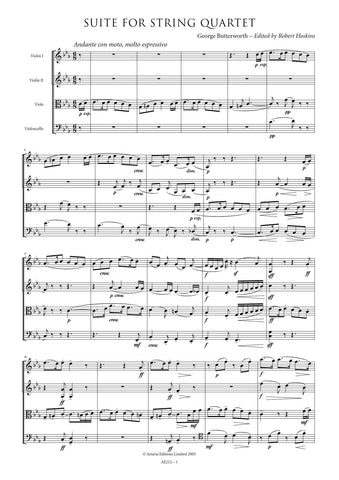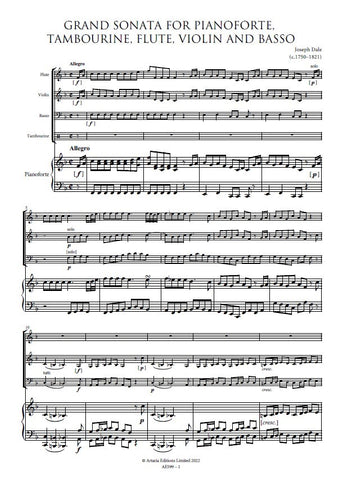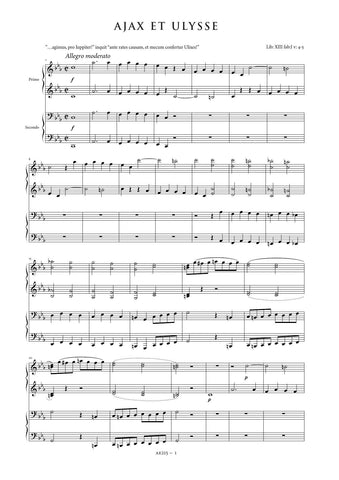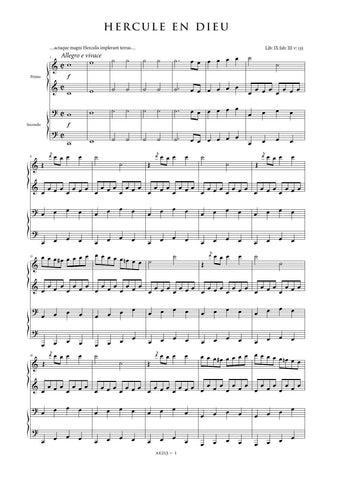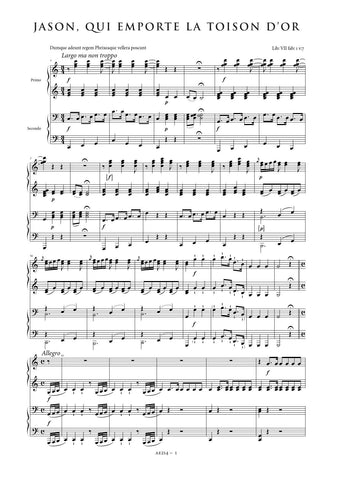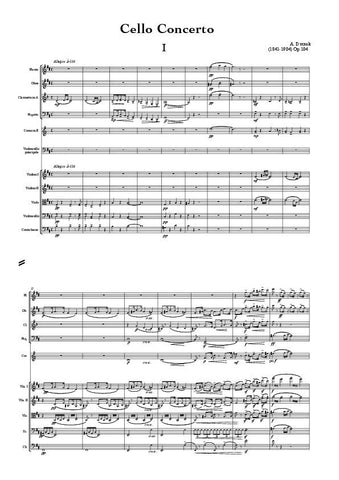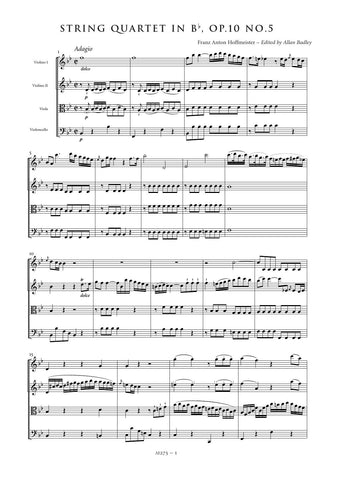Description |
Ries, Ferdinand (1784-1838)
|
||||||||||||||||
Details |
The Piano Trio in E flat, Op.2 was published by Simrock in 1807 with a dedication to Monsieur le Comte de Browne, "Brigadeur au Service de S.M.J. de toutes les Russies. "It is a generously proportioned work in the usual three movements. The lengthy sonata-from first movement is prefaced by a slow introduction which begins on dominant seventh harmony (a nod perhaps to Beethoven's first symphony), slowly finding its way to the tonic by the start of the Allegro section. The brief development section modulates widely, including references to keys as distant as E minor and C major, while the substantially rewritten and varied recapitulation touches on both B and G majors. The slow movement, Andante un poco Allegretto , is cast in the key of C minor and features many solos and duets for the string instruments as well as further harmonic interest, especially in the central modulating episode from bar 46. The finale is a sonata-rondo design complete with all the usual tricks, including even a remote transposition of the refrain late in the movement to B major, a technique surely learned from Beethoven. The present edition reproduces as faithfully as possible the text of the trio as transmitted in Simrock's edition of the work, a copy of which is preserved in the Staatsbibliothek in Berlin. The piano part is most successfully realised on an instrument extending as far as c4, although since such instruments were by no means standard in the first decade of the 19th century, Ries has notated the part carefully to cater for instruments without an extended treble compass. Any alternative readings have been incorporated into the current edition exactly as they appear in the Simrock print. In an instance such as bars 298-309 of the finale for example, instruments with the extended compass should follow the small print in bars 298 and 309, and in between read the notes an octave higher according to the composer's 8ve marking. Instruments with a limited compass should play the notes as written, without the octave transposition of bars 299-309. The cello part contains several passages written in the treble clef. Evidence that these should sound an octave lower than written is provided by bars 74-80 of the first movement and 85-89 of the finale. In the first instance, awkward octave displacements would result if this passage were played literally; in the second instance, some unacceptable part crossing between violin and cello would result from a literal rendition of these two bars. Accordingly then, all passages written in the treble clef should be transposed down an octave. The style and notation of articulation and dynamic markings have been standardised throughout, and, where missing from the print, markings have been reconstructed from parallel passages. These are indicated by the use of dotted slurs or brackets where appropriate. Obvious wrong notes have been corrected without comment, and editorial emendations with no authority from the print are placed within brackets. Dianne James |
||||||||||||||||
Score Preview (best viewed in full screen mode) |
|||||||||||||||||
Loading...
Error




